Please Note
Please note that you will be required to obtain the necessary rights of use for illustrations, drawings, texts and other copyrighted material for which you do not hold all copyrights and rights of use, especially if the property rights of museums, antiquities authorities or similar are affected.
Detailed information on these and other points can be found in the following publications and guides:
- V. Fischer - G. Petri, Bildrechte in der kunsthistorischen Praxis – ein Leitfaden. Zweite, überarbeitete und erweiterte Auflage (2022)
- BMBF (Hrsg.), Urheberrecht in der Wissenschaft Ein Überblick für Forschung, Lehre und Bibliotheken (Juli 2023)
As recommended by the DFG, the DAI endeavours to publish its publications and the texts and illustrations they contain under Creative Commons licences - ideally under CC-BY for articles and CC-BY or CC-BY-SA for Open Access books. However, any other licence from the CC family is welcome. More information about CC licences can be found here:
-
https://de.creativecommons.net/faqs/ (detailed explanation of practical issues, especially from the licensor's perspective)
If an image provider, institution or author does not agree to licensing under one of the CC licences, an alternative is requested under the condition "free access - all rights reserved", i.e. the work is protected by copyright and/or related rights but is accessible free of charge.
Publishing in Journals and Series
In order to publish your work, the DAI requires unrestricted rights of use in both print and digital formats. As a general rule, DAI publications are subject to the following parameters, which are sometimes requested by image providers in image rights enquiries:
-
Printed edition: A print run of between 300 and a maximum of 1,000 copies. A print run of 1,000 copies will not be exceeded, even in the case of print-on-demand publications. (If a publisher sets lower thresholds for pricing, please contact the relevant editorial department in advance).
-
Digital Edition: The digital edition will be available free of charge through the DAI's own online infrastructure. The DAI has no commercial interest in these publications.
Quotation rights: Please note that special requirements also apply to the so-called limitation provisions and in particular to the right to quote. You must ensure that the necessary conditions are met. This also applies to reproductions from publications. If in doubt, it is advisable to obtain the necessary rights of use.
Before submitting, please check that you
- have obtained all necessary rights
- have obtained the authorisations from the relevant antiquities authorities, museums, etc.
- have obtained the appropriate rights for online publication or enclose a list of images that may not be published online
- have stated the authorship of all images in particular and any other copyrighted material
- have taken into account any specifications of the rights holder regarding the design of the photo credits
- have obtained the necessary authorisations from all persons who are are depicted in any images
- in the case of a dissertation, have received the imprimatur from the responsible examination committee
- have complied with the Leitlinien zur Sicherung guter wissenschaftlicher Praxis der DFG
Publication of Research Data
The provisions on copyright and rights of use also apply to the publication of research data: All third-party data (e.g. images and 3D models) must be subject to spatially and temporally unrestricted usage rights. The evidence provided (in the form of CC licences or as a document/email, etc.) must clearly show that the use of the data is permitted under precisely the above provisions. If restrictive provisions are defined by third parties (e.g. specifications regarding the number of dpi or the exact positioning of image credits), these data cannot be published as part of the above-mentioned research data publications.
Statement of Photo Authorship
When publishing image media, the authors, i.e. the photographers or creators of three-dimensional images, must be named. Ensure that each image author is known and documented for each image to be published (e.g. in a table).
Data Transfer Agreements
The DAI and authors will enter into appropriate data transfer agreements. These agreements will cover the contractual and usage aspects.
